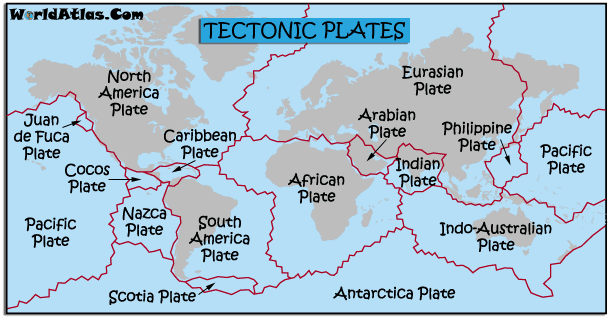 Environmental awareness is a consequence of global interactions and is increased with the help of international civil society organization. An example of an environmental international civil society organization is GreenPeace. The goal of GreenPeace is to "ensure the ability of the earth to nurture life in all its diversity." With organizations like the GreenPeace, there is an increasing environmental awareness as a consequence of global interactions. These organizations are able to campaign and increase their publicity. Not only do civil society organizations increase environmental awareness as a consequence of globalization but also some media organizations such as news channels like CNN or BBC. They report about high pollution levels, in China for example, as a result of all the factories and other industries.
Environmental awareness is a consequence of global interactions and is increased with the help of international civil society organization. An example of an environmental international civil society organization is GreenPeace. The goal of GreenPeace is to "ensure the ability of the earth to nurture life in all its diversity." With organizations like the GreenPeace, there is an increasing environmental awareness as a consequence of global interactions. These organizations are able to campaign and increase their publicity. Not only do civil society organizations increase environmental awareness as a consequence of globalization but also some media organizations such as news channels like CNN or BBC. They report about high pollution levels, in China for example, as a result of all the factories and other industries.Usually, there is a positive correlation between environmental awareness and economic development. So environmental awareness increases with economic development. This is usually because people in more economically developed countries tend to receive better education, therefore understanding the importance of appreciating and protecting the environment. Also, an improvement in economic development allows people to consider the effects of globalization and other matters rather than just profit making. A possible reason for the growth of environmental awareness is because people are becoming more affluent. As a result, there is more leisure time and people might want to protect the environment because they want to enjoy it.
Technology is a major part of global interactions. The world becomes more globalized because there are more and faster means of communication and transportation. However, technology can also increase the environmental awareness as a result of globalization. Environmental campaigns are easily spread around the globe through the use of social media like Facebook, Twitter, Youtube, blogging sites, and online news sources. As more and more people begin to use social media sites, they become aware of the environment as a consequence of globalization. Many ideas are spread because of technology and global issues are becoming more popular and understood such as the greenhouse effect, the ozone layer, acid rain, or even disasters such as the BP Oil Spill.
In political terms, the government could have a role in the growth of environment. For example, the government protects certain areas such as National Parks to protect the environment. Other organizations like the United Nations protects World Heritage Sites in which some of them are specifically because of the environment. As a result, people around become more aware of environmental protection.
Overall, I think that the main driver of the growth of environmental awareness as a consequence of globalization is education and technology.












